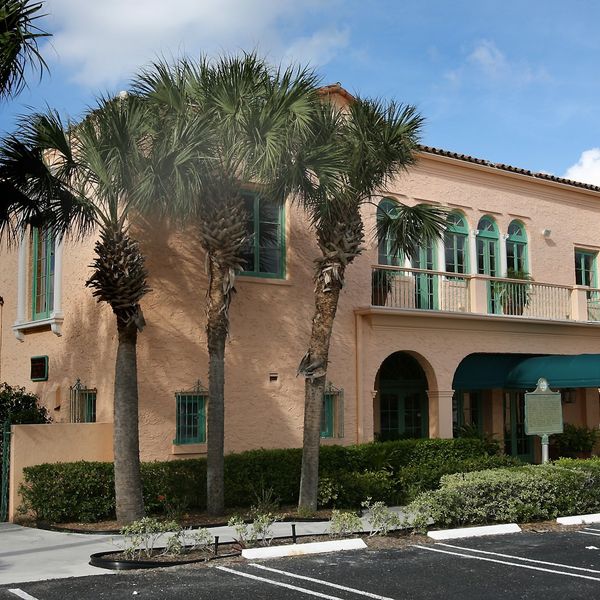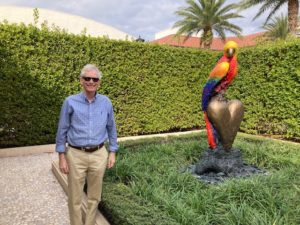Boynton Woman’s Club Founder & Civic Organizer: Cora Stickney Harper
Meet Cora Stickney Harper, founder of the Boynton Woman’s Club.
While relatively unknown today, this extraordinary, selfless woman left an indelible mark on the fledgling Boynton settlement. Her unique upbringing, progressive actions, generous spirit, and charitable endeavors make her story both noteworthy and significant to Boynton history.
Cora Stickney Harper was an influential early resident of Boynton Beach whose generosity and spirit have left a legacy that endures to this day. Born into a well-to-do family, Cora graduated from Wellesley College in 1888. Wellesley’s archives describe her as possessing a great joy for living, wit, and a fun-loving nature.
However, her life was marked by tragedy. In 1897, her father, a cashier at the Great Falls National Bank for 35 years, was murdered during a bank robbery. Despite this loss, Cora was left financially secure. She wintered in Florida to convalesce from the tragedy. At a sanatorium near Merritt Island, she spent months reading, painting outdoors (en plein air), and bathing in the healing mineral springs. There she met Charles Thomas Harper, who was the local mail carrier.
In 1901, Cora and Charles married in Savannah, Georgia. Afterward, the couple moved to Boynton where Charles was an agent for the F.E.C. Railway and Southern Express Companies in Boynton, with a sprawling family of sisters, nieces, and nephews. Intriguingly, Cora understated her age on their marriage certificate, claiming to be 25 years old when she was, in fact, 42.
Cora quickly immersed herself in community life. She became one of the founders of the Boynton Woman’s Club in 1909, alongside her husband, who helped facilitate the purchase of land at the southeast corner of E. Ocean Avenue and SE 4th Street for the club. The Harpers offered the club a low-interest mortgage, demonstrating their commitment to its success.
In addition to her contributions to the Woman’s Club, Cora took steps to improve educational opportunities for local youth. In 1911, she arranged for Boynton’s young people to attend high school in West Palm Beach, as Boynton lacked its own high school at the time.

Ella Harper (left) and Cora Stickney Harper (right) after Ella’s 1913 graduation from Palm Beach High School
Cora’s civic engagement extended beyond Boynton. She became a charter member of the Daughters of the American Revolution (DAR) Evergreen Chapter in Miami in 1909. On the 1910 U.S. Census, she listed her age as 42, again understating her actual age of 51. In 1913, Cora and her husband moved to Fort Pierce, where she founded the Aiseehatchee Chapter of the DAR in early 1914.
Tragically, Cora passed away on November 1, 1914, at St. Andrew’s Episcopal Church. In recognition of her contributions, the DAR chapter in Fort Pierce was renamed the Cora Stickney Harper Chapter, National Society Daughters of the American Revolution.
Cora’s legacy extended through her last will and testament, which reflected her lifelong dedication to education and family. She left monetary gifts to her sisters-in-law and nieces, contingent upon their completion of their education, and donated $2,000 to the Wellesley College Students’ Aid Society.
Her husband, Charles T. Harper, remarried in 1916 and relocated to Homestead, where he served as the town’s mayor. Sadly, Charles and his daughter were killed in a car accident involving a speeding ambulance.
Cora Stickney Harper’s life was one of resilience, leadership, and generosity. Her contributions to Boynton and beyond—from founding the Boynton Woman’s Club to her work with the DAR and her support for education—have cemented her place in history as a remarkable woman whose spirit continues to inspire.
















